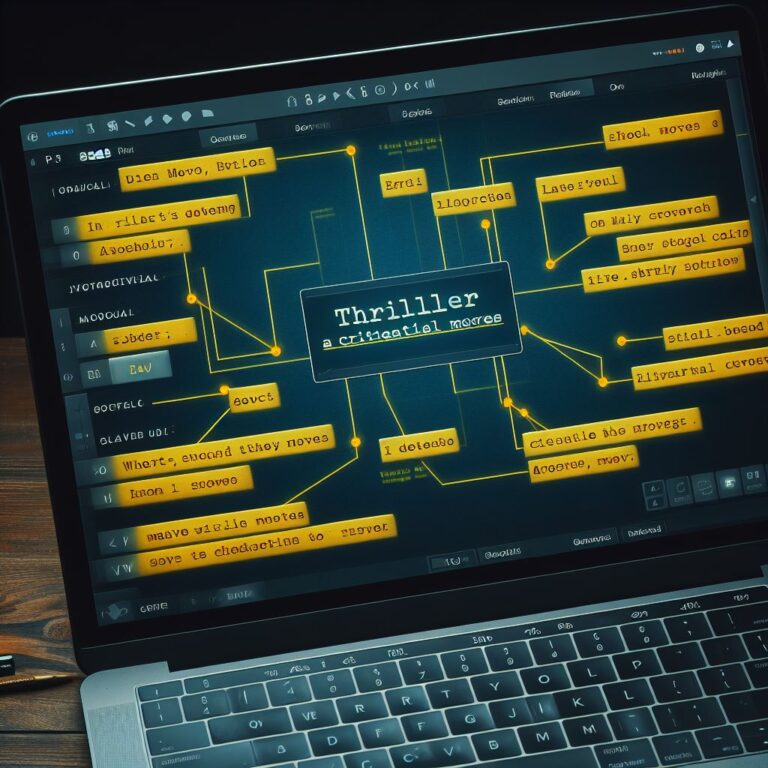Motivational Management – Book Review
By: Mike Crandall
Understanding Motivation (What It Is and Why It Matters):
Mike Crandall, from Sandler Training, emphasizes the importance of recognizing and leveraging individual incentives that hold personal meaning. By delving beneath surface desires, one can unveil true motivators. Crandall illustrates this concept through the story of two girls, highlighting the need for a tailored approach to motivation, just as different individuals require distinct strategies.
The 5 Stages of Growth:
Crandall identifies five stages of human growth: awareness, knowledge, application, skill development, and habit formation. To achieve long-term success in motivating employees, it’s crucial to progress through these stages. Understanding this process lays the groundwork for effectively applying motivational strategies.
The Old Way – The Carrot and Stick:
Crandall discusses traditional motivational approaches—carrot (incentive programs) and stick (fear-based programs). While they may yield short-term results, their efficacy diminishes over time. Incentive programs require aligning desire, belief, and reward, and fear-based programs often lead to demotivation and hinder creativity.
The New Way – Attitude Motivation:
Crandall introduces attitude motivation, a paradigm shift where individuals are inspired to work for their own reasons, aligning with their personal motivations. He outlines five critical human motivators: to do, to be, to have, to accomplish, and to be known for. The emphasis is on fostering a personal sense of purpose for each team member.
Connecting Personally (Finding Purpose):
To uncover personal motivators, Crandall suggests engaging employees on a personal level. Learning about their favorite things and understanding why these preferences matter allows managers to tailor motivations. Encouraging team members to share favorites fosters a culture of understanding and connection.
Finding Their Purpose:
Employees’ personal purposes can be unveiled through activities like creating a vision board. This tool enables teams to link day-to-day job performance to their broader goals and dreams, providing powerful insights for effective motivation.
Understanding Behavioral Wiring (DISC Model):
Crandall introduces the DISC behavioral model, categorizing individuals into Dominant, Influencer, Steady Relator, and Compliant types. Understanding each team member’s behavioral style helps leaders interact effectively, fostering better communication and collaboration.
Conclusion:
The summary concludes with the importance of applying the learned strategies, turning them into tangible skills, and making them daily habits to enhance team performance. Managers are encouraged to connect with Sandler Training consultants for further guidance on implementing these motivational approaches within their organizations.






 Lesson 1: Sales Reps R Us Dixon and Adamson categorize sales reps into five types. Contrary to common belief, they assert that the Challenger—those who bring innovative ideas, challenge assumptions, and engage in robust dialogue—is the most effective. Despite the appeal of…
Lesson 1: Sales Reps R Us Dixon and Adamson categorize sales reps into five types. Contrary to common belief, they assert that the Challenger—those who bring innovative ideas, challenge assumptions, and engage in robust dialogue—is the most effective. Despite the appeal of…
